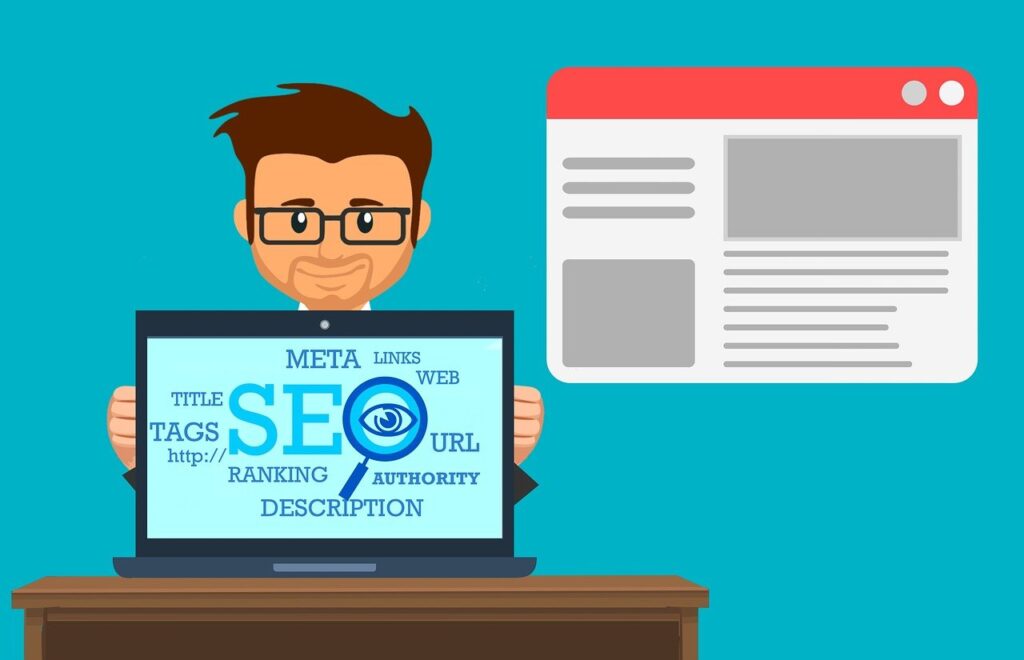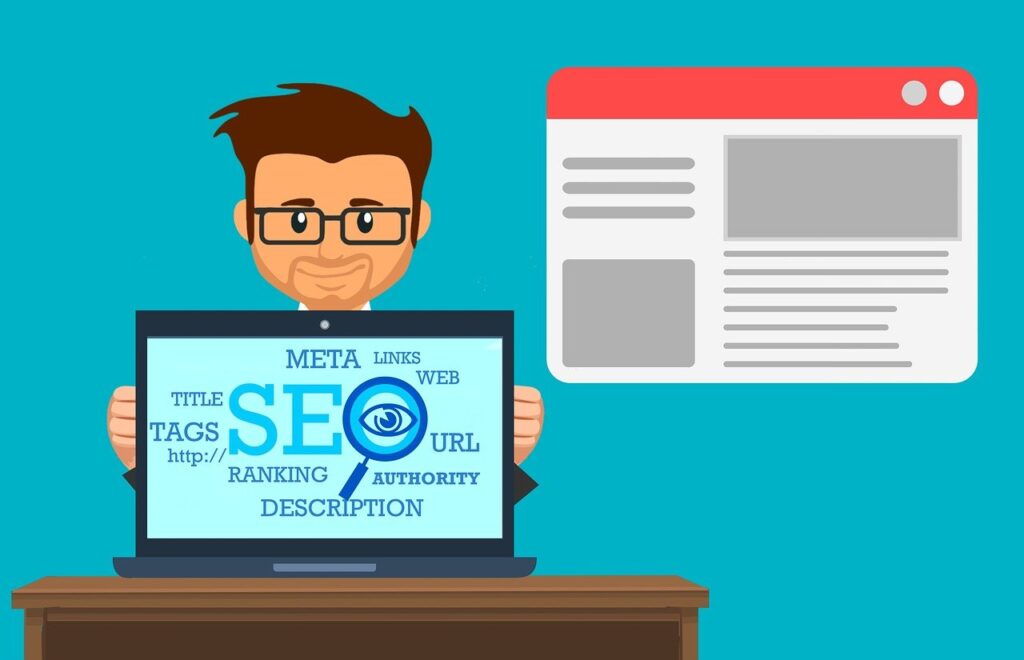Ranking your website on Google is the ultimate goal for anyone looking to increase online visibility, drive organic traffic, and boost their business. However, with millions of websites competing for attention, improving your Google ranking can be challenging. It requires a consistent effort, technical know-how, and a clear strategy. Fortunately, there are several proven methods you can apply to increase your website’s ranking and get noticed by search engines.
In this article, we’ll walk you through 10 effective SEO strategies to help rank your website higher on Google. By following these techniques, you’ll not only improve your site’s SEO but also enhance user experience and drive more targeted traffic.
1. Start with Keyword Research
Keyword research is the foundation of SEO. By identifying the keywords that your audience is searching for, you can optimize your content around those terms and ensure that it resonates with what people want. Use tools like Google Keyword Planner, Ahrefs, or SEMrush to find high-traffic keywords related to your business.
Make sure to target long-tail keywords (more specific phrases) alongside broad terms, as they tend to have lower competition and higher conversion rates. For example, instead of targeting the keyword “SEO,” you might target “SEO tips for beginners” to capture a more relevant audience.
2. Optimize Your On-Page SEO
On-page SEO refers to the elements you can control within your website, such as the content, title tags, headers, images, and internal linking structure. By optimizing these elements, you can make your content more search-engine friendly. Here’s how you can optimize your on-page SEO:
- Title Tags: Include your primary keyword in the title tag, which should be under 60 characters.
- Meta Descriptions: Write compelling meta descriptions (under 160 characters) that include keywords and encourage users to click on your page.
- Headers (H1, H2, H3): Use headers to structure your content, including relevant keywords where appropriate.
- Internal Linking: Link to relevant pages within your site to improve navigation and pass authority between pages.
3. Focus on Content Quality
Google’s algorithms prioritize high-quality, valuable content that answers users’ questions. To rank well, your content must be comprehensive, well-researched, and answer specific search queries. Here are some tips for creating content that stands out:
- Write detailed, in-depth articles that cover a topic from multiple angles.
- Use proper formatting (short paragraphs, bullet points, and subheadings) for easy readability.
- Add images, videos, infographics, and other media to enhance user engagement.
- Regularly update your content to keep it fresh and relevant.
Content that adds value and provides solutions is more likely to be shared, linked to, and ranked higher by Google.
4. Improve Website Loading Speed
Website speed is a critical factor for both SEO and user experience. Google considers page speed a ranking factor, meaning slow-loading websites may struggle to rank well. To improve your site’s speed, consider:
- Compressing images and converting them to formats like WebP or AVIF, which are more efficient.
- Using caching to store static files and reduce server requests.
- Minimizing JavaScript and CSS files.
- Leveraging a Content Delivery Network (CDN) to deliver content faster to users in different locations.
Tools like Google PageSpeed Insights can help you identify specific issues affecting your site’s speed and suggest improvements.
5. Mobile Optimization is Key
With mobile traffic accounting for over half of all web traffic, mobile optimization is no longer optional. Google now uses mobile-first indexing, meaning the mobile version of your website is the one that gets ranked. To ensure your website is mobile-friendly:
- Use a responsive design that adapts to various screen sizes.
- Optimize images and content to load quickly on mobile devices.
- Avoid intrusive pop-ups that disrupt the user experience on mobile.
6. Optimize for Local SEO
For businesses with a physical location or those targeting a specific geographic area, local SEO is essential. Optimizing your website for local searches helps you appear in the local “map pack” and increase visibility for users searching in your area. Here’s how to boost your local SEO:
- Set up and optimize your Google My Business profile.
- Include location-specific keywords in your content, meta tags, and URL.
- Collect positive customer reviews on Google and other review sites.
- Use local structured data markup (Schema) to provide search engines with more information about your business.
7. Build High-Quality Backlinks
Backlinks are one of the most important ranking factors for Google. When reputable websites link to your content, Google sees this as a vote of confidence in your website. To build high-quality backlinks:
- Create shareable content that naturally attracts links (e.g., infographics, case studies, or guest posts).
- Reach out to influencers, bloggers, and industry experts for guest posting opportunities.
- Use tools like Ahrefs to analyze your competitors’ backlinks and find opportunities for your own.
Keep in mind that quality is more important than quantity when it comes to backlinks. Aim for links from authoritative, relevant websites.
8. Enhance User Experience (UX)
Google places increasing importance on user experience as part of its ranking algorithm. A positive user experience leads to higher engagement and longer time spent on your site, both of which can improve your SEO. To enhance UX:
- Ensure easy navigation with a clear and concise menu structure.
- Optimize content for readability with appropriate font sizes, colors, and spacing.
- Make sure that users can easily find the information they need without excessive scrolling or searching.
A well-optimized website with great UX will keep users engaged, leading to higher rankings.
9. Leverage Social Signals
While Google hasn’t directly confirmed that social signals (likes, shares, and comments) influence rankings, there’s a strong correlation between social media activity and higher rankings. The more your content is shared and discussed on social platforms, the more likely it is to attract backlinks and drive traffic. Promote your content on social media channels to increase engagement and drive traffic to your site.
10. Monitor and Analyze Your SEO Performance
SEO is an ongoing process. To see what’s working and what isn’t, use tools like Google Analytics, Google Search Console, and Ahrefs to monitor your website’s performance. Regularly analyze key metrics such as organic traffic, bounce rate, keyword rankings, and conversions. Based on these insights, adjust your strategy to continually improve your website’s SEO.
Conclusion
Ranking your website on Google is an achievable goal with the right approach and strategies. By following these 10 proven SEO techniques, you’ll be well on your way to improving your website’s visibility, driving more organic traffic, and enhancing the overall user experience.
For those looking to automate their SEO efforts and optimize their website’s performance, tools like RankNinja offer an all-in-one solution to help streamline SEO tasks and improve rankings. Check out RankNinja here to discover how it can help you automate SEO optimization and get your website ranking higher on Google.
By applying these strategies consistently, you can take your website’s SEO to the next level and achieve long-term success in search engine rankings.







